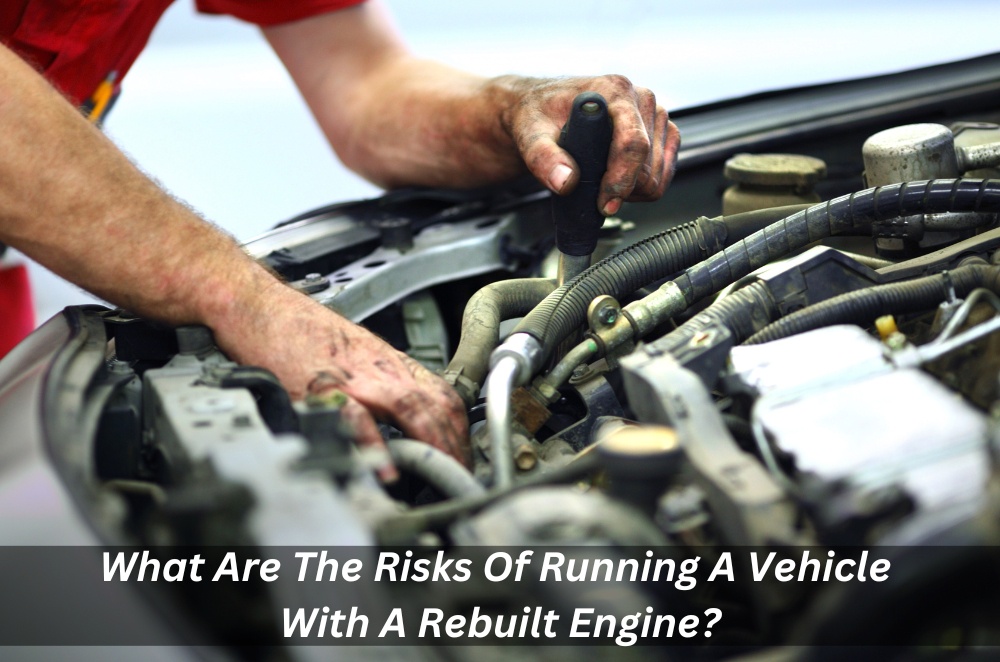Have you ever wondered whether driving a car with a rebuilt engine is safe? The temptation to purchase a vehicle with a reconditioned engine parts can be high, as it often offers significant savings over buying a new car. However, this decision should not be taken lightly – serious risks are involved.
Thanks to modern engineering techniques, more owners of cars and other vehicles opt for rebuilt engines due to the cost and availability benefits. Often referred to as reconditioned engines, these are available from many suppliers and services include cleaning, inspecting, refurbishing engines and replacing parts such as cylinder heads, connecting rods or rings & bearings. Despite the fact that these rebuilt engines generally have high standards of accuracy and reliability, there are still risks associated with them.
Before deciding whether to fit an exchange engine into your vehicle, it’s important to understand the risks that you may face along the way. In this article, we will provide you with an overview of what those risks are so that you can make an informed decision about whether or not to proceed with your plan. So, here are the risks associated with running a vehicle with a rebuilt engine:
-
Quality of labour and parts used for the rebuild
The quality and workmanship of both labour and parts used in the rebuild process are essential in ensuring the long-term durability of your newly built engine. Ensure that all replacement parts are from reputable sources and that the mechanics performing the rebuild have had prior experience doing heavy-duty engine repairs. Otherwise, you run the risk of having an improperly installed or defective part lead to further complications down the line.
-
Cleaning and inspections
When original engines are reconditioned, they should be thoroughly cleaned and inspected by qualified personnel before being put back into service. Any contamination found during inspections can lead to additional problems if left unaddressed such as oil leaks, clogged filters, burnt valves and more. Similarly, any old parts removed from a rebuild should be checked for signs of wear or defect that could have caused their original failure before reusing them in another application.
-
Replacement parts
Beginning with new piston ring bearing sets as well as new valve seats is ideal when rebuilding an engine. However, it’s not always possible given tight budgets and restrictive time frames so it’s important to ensure high standards from whatever alternative parts you use instead of OEM ones.
Used engine parts must carefully be checked for signs of wear & tear or defects before installation to prevent future breakdowns from occurring due to improper fitting parts. You should also make sure services include pressure testing cylinder heads for cracks after installation so last-minute surprises don’t slip through underhood inspections.
-
Performance expectations
An engine rebuild may not be able to deliver the same performance as a new one, and this should be taken into account when considering whether or not to proceed. It is important to understand that there are certain risks involved with running an engine that has been rebuilt, such as reduced power output and increased fuel consumption due to incomplete combustion of the fuel. It can also be difficult to gauge how long a rebuilt engine will last as it is impossible to predict the future.
Overall, running a vehicle with a rebuilt engine can be a risk. It is essential to do your research, understand the risks and make sure that you are working with reputable mechanics and suppliers to ensure that the process of vehicle reconditioned engine is done properly and safely.


No comments yet